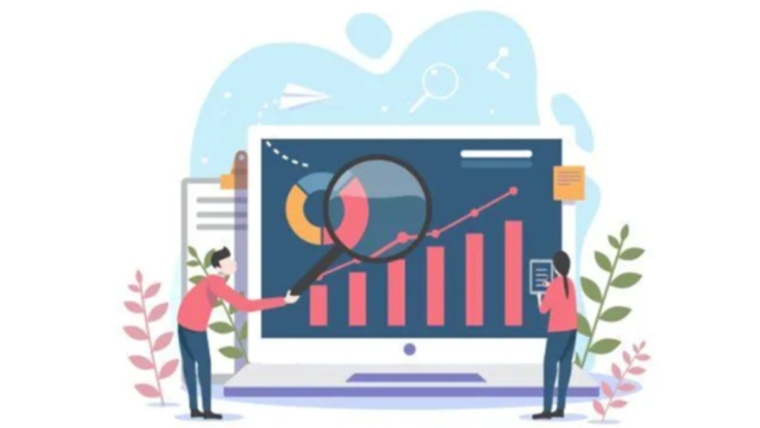
Commercial loans are a fundamental component of the business financial landscape. Wider than personal loans in scope, they cater to the needs of small to large enterprises, offering tailored solutions that can bolster both temporary cash flow issues and long-term financial goals. These loans are crucial for businesses aiming to expand operations, facilitate cash flow management, or finance new ventures. As a backbone of business growth, understanding their characteristics and benefits is essential for crafting effective financial strategies.
In today’s competitive business environment, securing the proper funding can spell the difference between a company’s success and its stagnation. For many businesses, understanding how commercial loans can aid in executing strategic initiatives is crucial to growth and sustainability. These loans serve as vital lifelines, enabling firms to finance new projects, manage ongoing operational costs, and seize fresh opportunities for expansion when they arise.
Commercial loans offer businesses the necessary capital to power various initiatives. The application of funds is extensive, from purchasing new equipment to investing in real estate or updating infrastructure. However, before embarking on this financial journey, businesses must have a detailed, well-informed plan to ensure success and fiscal responsibility. A clear strategy helps navigate the complexities of commercial borrowing and harness its potential fully.
Table of Contents
Types of Commercial Loans
Commercial loans support a range of strategic objectives and financial requirements. Term loans provide set payback terms for long-term investments. Small firms profit from SBA loans, which are backed by the Small Business Administration and provide low interest rates and government guarantees. Lines of credit are perfect for controlling variable operating costs without locking up big quantities of money. They provide flexible access to cash, enabling businesses to borrow money up to a certain maximum.
Determining Your Business Needs
A comprehensive needs analysis is essential before considering commercial loans. Important factors to consider include the loan’s goal, the required quantity, and how the money will be used in relation to long-term operational plans. By matching financial plans with projected future paths, these assessments ensure that the selected loan blends in perfectly with the larger business strategy.
Comparing Loan Options
With numerous commercial loan options available, comparison becomes critical in securing the optimal agreement. Essential criteria to compare include interest rates, repayment terms, and the lender’s reputation. Utilizing online resources can provide comparative insights, helping businesses evaluate potential pros and cons to identify the most advantageous loan terms that align with their financial roadmap.
The Application Process
Understanding the loan application process can save valuable time and unnecessary effort. It typically involves preparing detailed documentation, including financial statements, business plans, and collateral information. Being equipped with these materials beforehand can expedite the process, ensuring businesses meet lender requirements efficiently and effectively.
Understanding Interest Rates and Fees
Interest rates and associated fees are key factors impacting the total cost of any loan. Focusing on the annual percentage rate (APR) is essential, providing a more accurate picture of total borrowing costs. Additionally, be prepared for expenses like origination or maintenance fees, which can increase the loan’s total cost if ignored. This information allows businesses to make well-informed decisions that align with their financial capacities.
Managing Loan Repayments
Once a loan is secured, managing repayments efficiently is crucial for maintaining financial health. Businesses should develop a repayment strategy that aligns with cash flow projections and adjust accordingly. Approaches like setting up automated payments can ensure consistency while prioritizing payments with the highest interest rates can reduce overall costs. Staying ahead in repayments helps prevent defaults and strengthens financial positioning.


